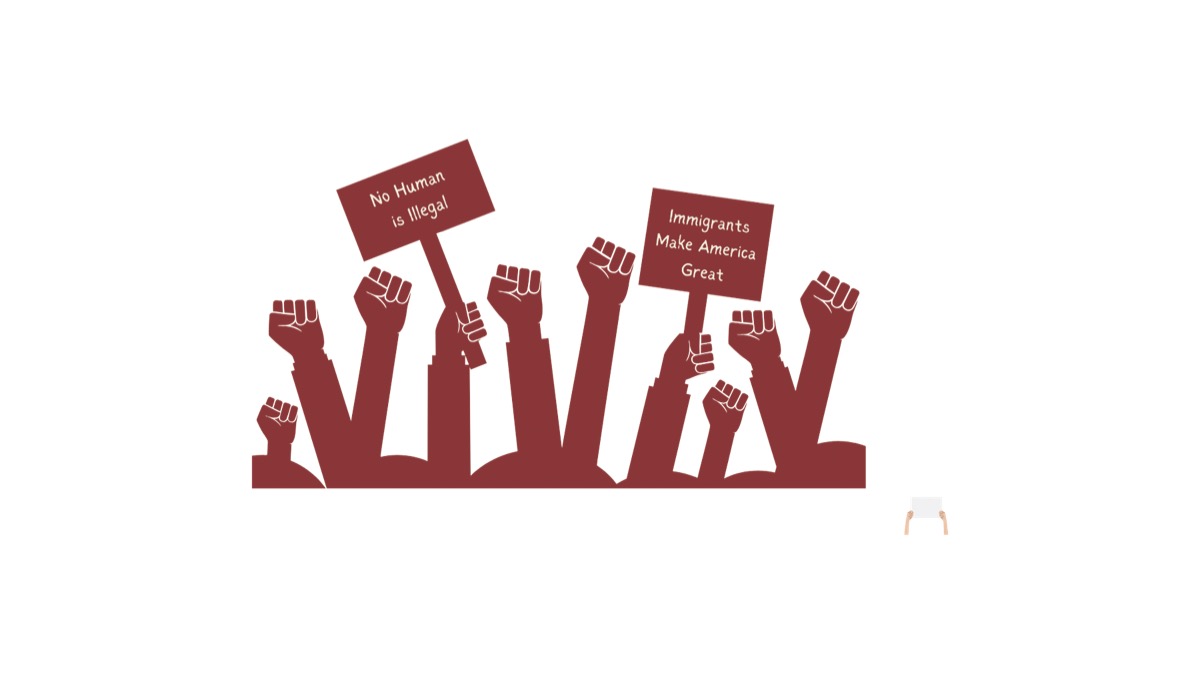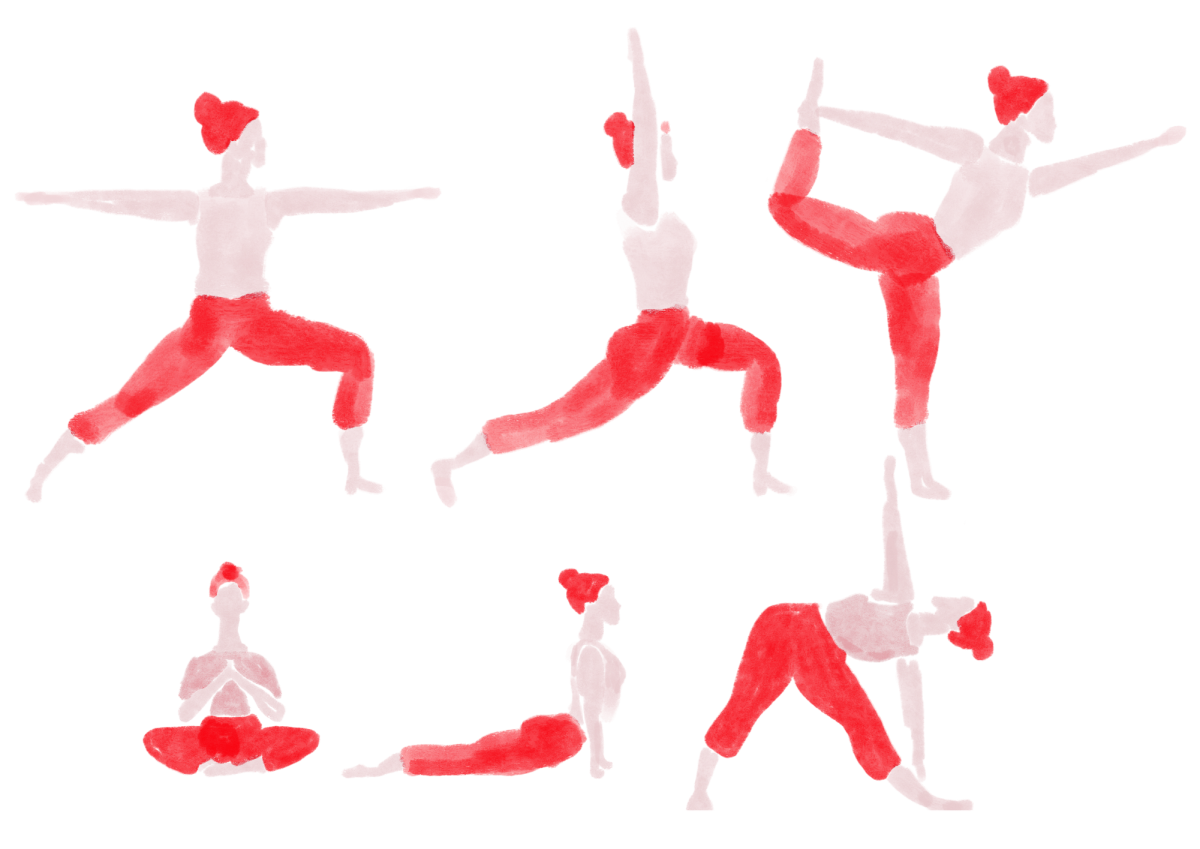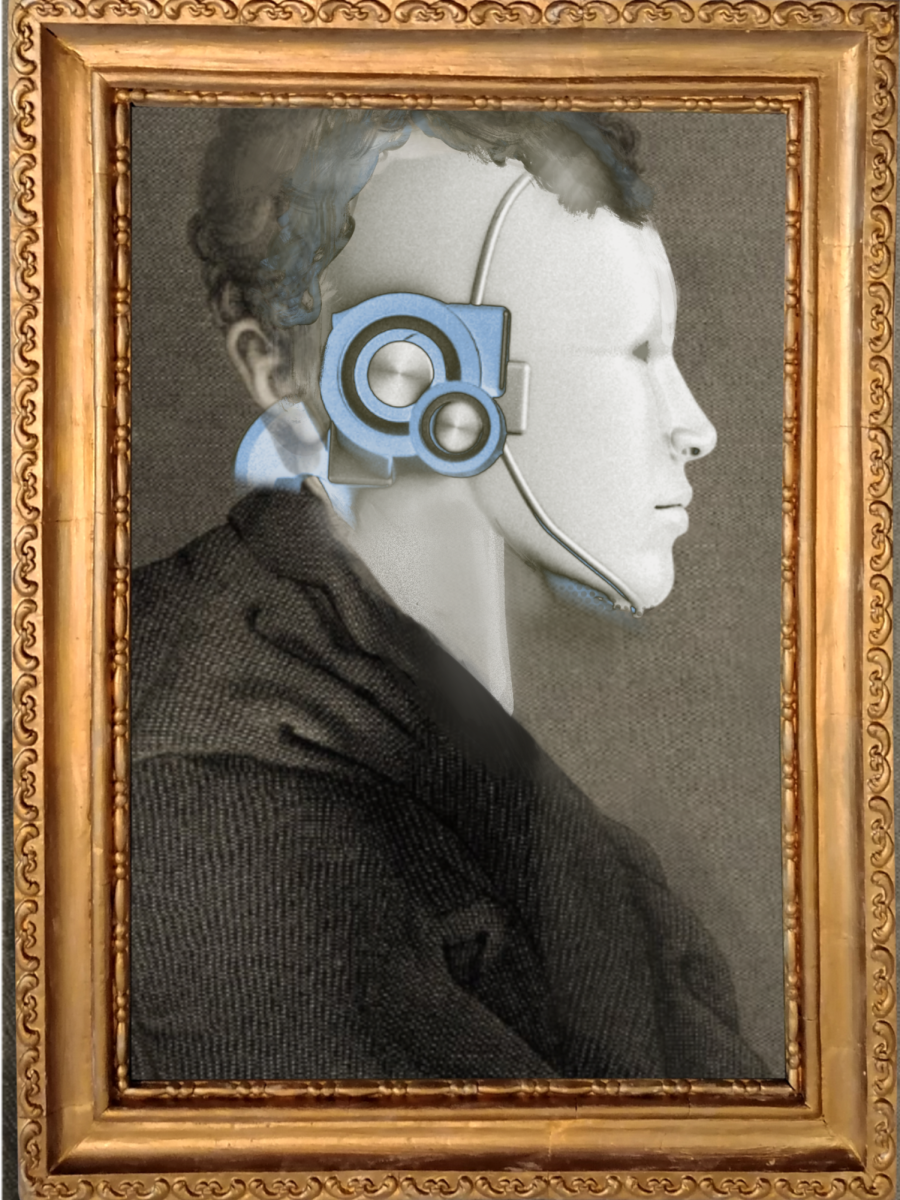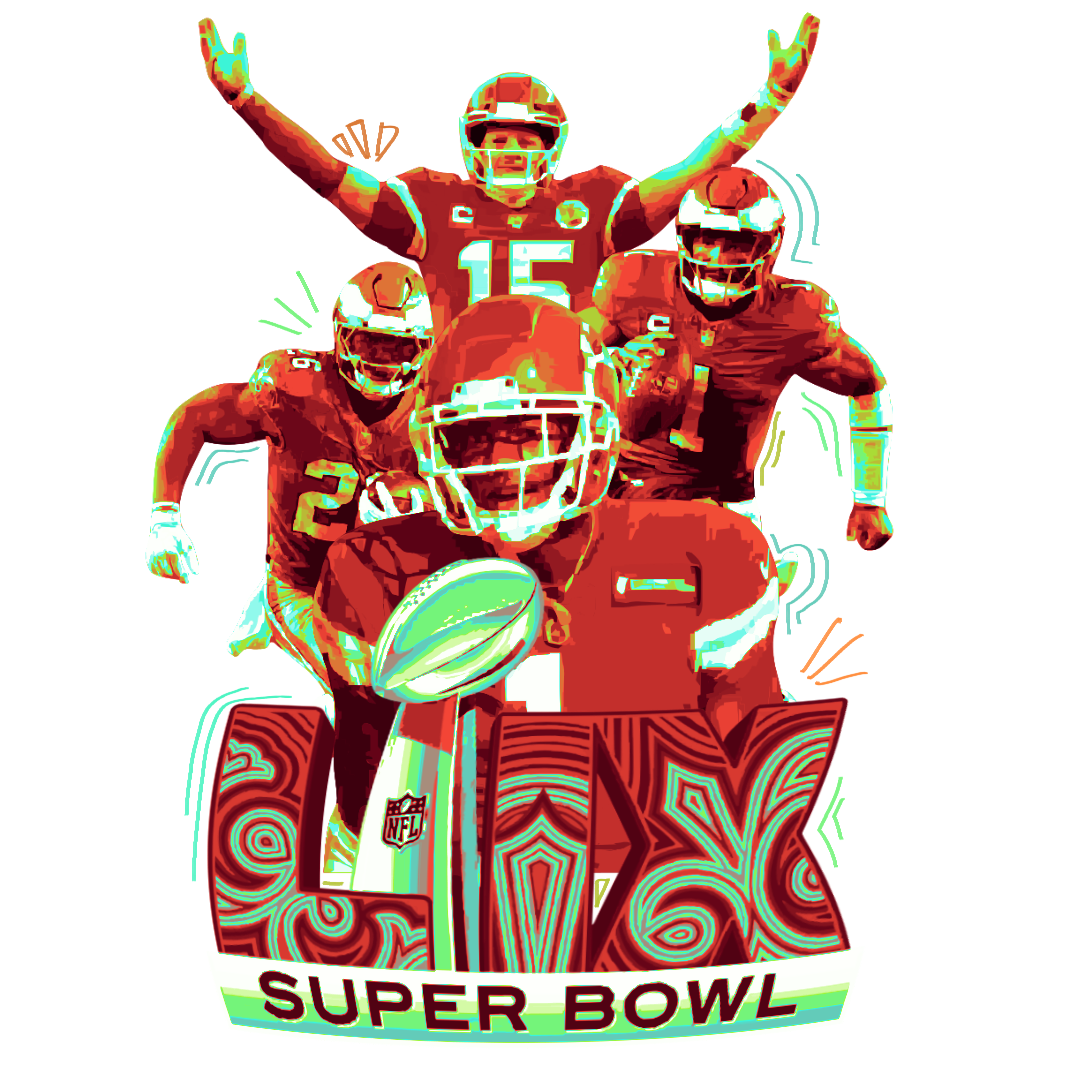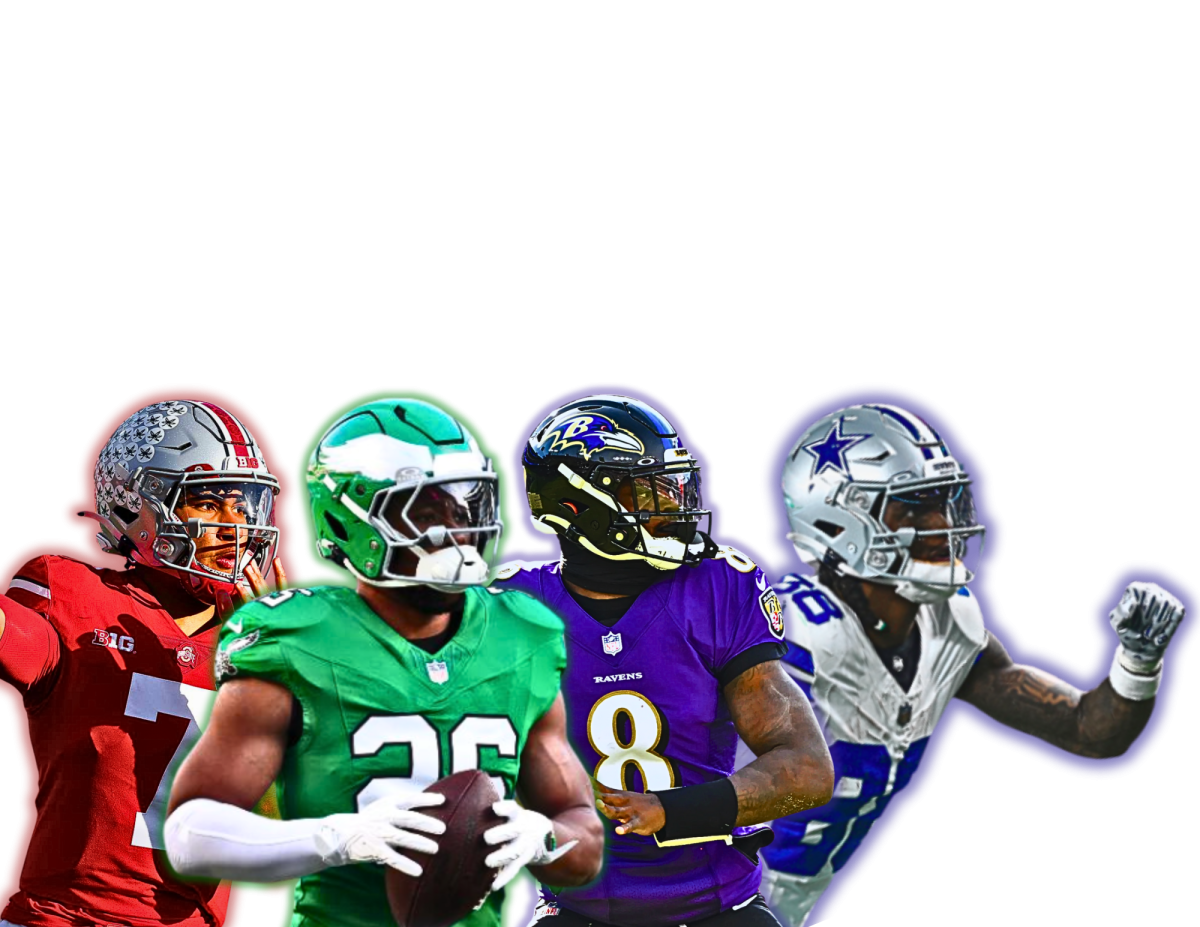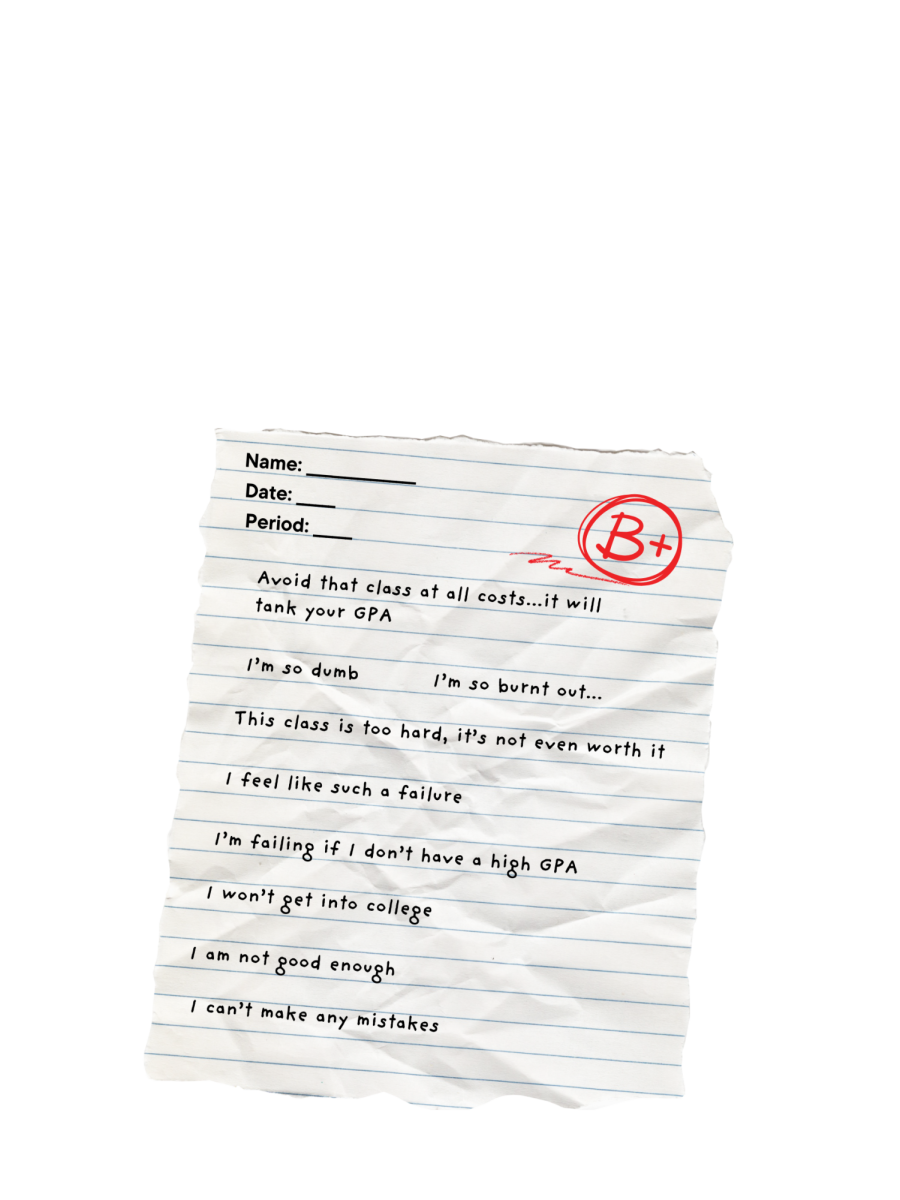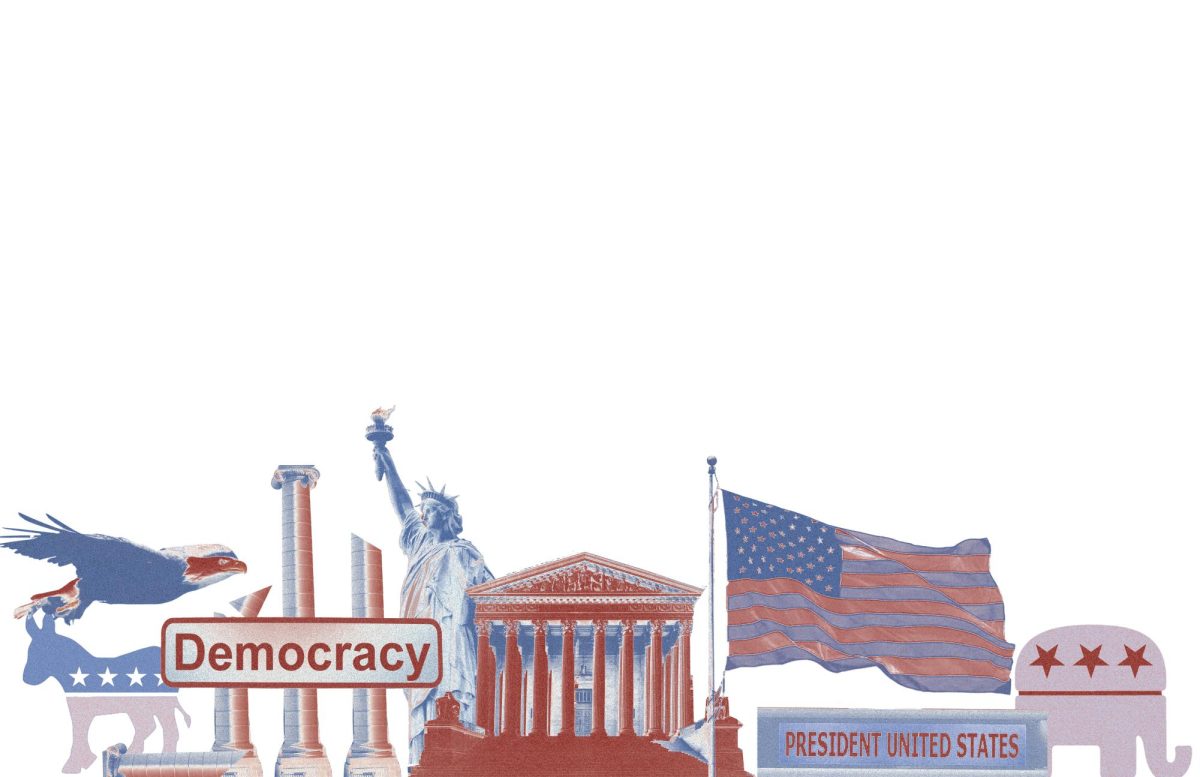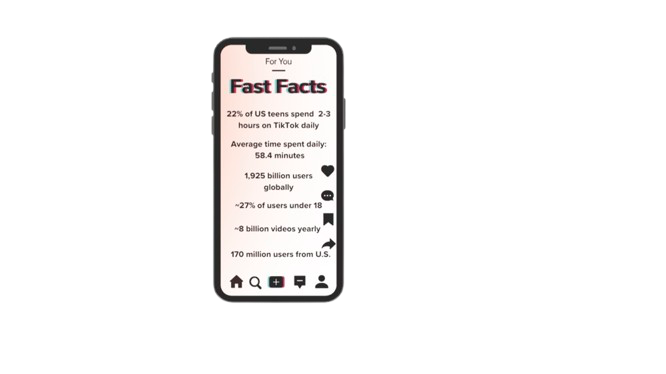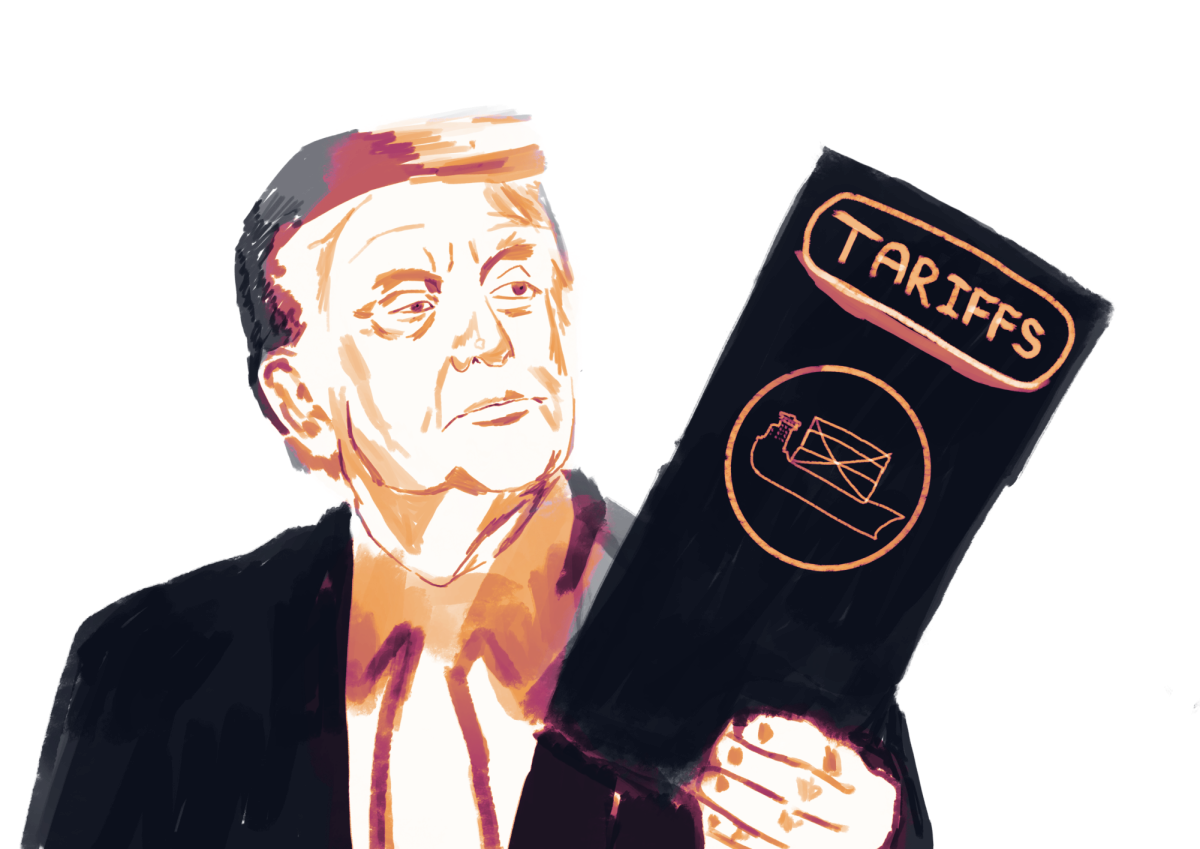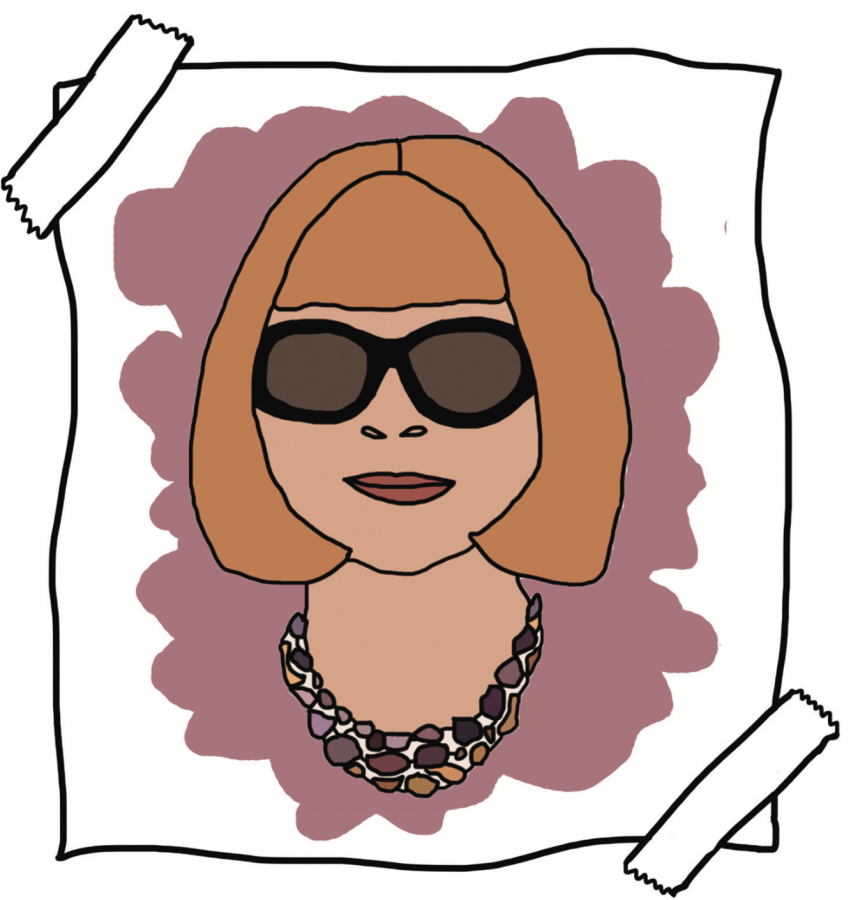The Future of Magazines
December 6, 2018
If you think about a class magazine, the first image that will pop into your head is dozens of bound, glossy, bright pages filled with celebrities, fashion, politics and graphics. That classic magazine could be changing forever. The first magazine was published in 1741, and since the beginning, it was considered a touchstone for culture. People would look to a magazine to decide how to cut their hair, what clothes to wear and how to be stylish and modern. Ordinary women referred to magazines to find their idea of the “perfect woman.” They would put themselves through intensive beauty routines and workouts to achieve the same figure, face, or hair as the models they would see smiling back at them.
For hundreds of years, magazines were the primary source for tips, tricks, advice, recommendations, advertisements, fashion, beauty and everything in between. In recent years, there has been a splurge in body positivity. Women have been rightfully demanding that everyone should be appreciated, represented and celebrated in media. Magazines have taken this to heart, and have diversified the models they include, changing how people look at the pinnacle of beauty. Outdated ideas have been replaced with attributes such as courage, bravery and confidence. The effects of body positivity and feminism have changed the magazine and fashion industry for the better. The digital age has, perhaps, brought about the biggest change in magazines. Having a computer and a phone is now a basic necessity. Therefore, instead of doing everything with paper, you can do it all, and more, on a computer. With these advances, the pillars of the magazine industry are shifting. It is unpredictable. Magazine retail sales have dropped by twenty-eight million in four years. So why would anyone buy a paper copy when you can just as easily find what you’re looking for online? A magazine can’t just be a magazine anymore. It must be intriguing and important enough for someone to read it, to buy it. When someone does buy it, it has to immediately capture their interest, and keep that interest through 20 or more pages. One of the most significant signs of change comes in the form of Vogue’s September issue, which features Beyoncé in the main editorial. There was celebratory uproar surrounding the magazine, for the cover was entirely Beyonce’s creative vision. A magazine can’t be just a magazine anymore. She picked the photographer, Tyler Mitchell, a 23-year-old from Atlanta who happens to be the first African-American ever to shoot the cover for a September issue. Furthermore, Anna Wintour is, famously, a powerhouse in the magazine industry. She personally looks at every inch of her magazine — nothing can be published without her approval. That’s why, when I first heard that she gave up creative control of her cover, I was shocked and immensely interested. It was a change. Once I read Wintour’s editor’s letter, though, I was comforted. Her letter was a celebration of the culture and innovation in the pages ahead. It is all completely, entirely and “radically” different. Wintour doesn’t ignore modifications, she addresses them. She said, “In all my time editing Vogue, this period is like no other I’ve experienced before, and for good reason: If fashion is radically different, it is because our world is so radically different.” After reading that, I just had to take a minute to absorb it and think. She titled her editor’s letter Eyes Wide Open, and rightfully so. Her letter opened my eyes to the change in the fashion world, journalism, and the magazine industry. It is all completely, entirely and “radically different.” Each article explores new forms of innovation. And who better to close out the whole shebang then the one and only: Beyoncé. Beyoncé’s personally written essay explores the many aspects of her hectic and marvelous life, as well as her opinions on humanity. In Wintour’s words, Beyoncé focuses on “drawing our attention to society’s imbalances and injustices.” As I mentioned above, body positivity has had a profound effect on women as a whole, and has rippled out to affect fashion. Beyoncé, after an emotional tribute to the hardships of giving birth and how she is recovering, goes on to say that she recovered by giving herself “self-love and self-care, and I embraced being curvier. I accepted what my body wanted to be.” Her honest and powerful words give encouragement and comfort to the thousands of women and moms experiencing the same thing she is. Whether they are recovering, or purely seeking confidence in their natural body. Beyoncé is a force of nature, and she proves that by ending her paragraph on freedom with the words, “I’m not happy if I’m not improving, evolving, moving forward, inspiring, teaching and learning.” Through this issue, and through magazines as a whole, we are learning about the change in our world. We are learning how to effect meaningful change. And we are learning that, in Wintour’s words, “To effect meaningful change these days, it’s crucial to work together.” Such words were never more true in an industry that has never been more different.

